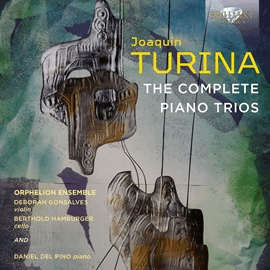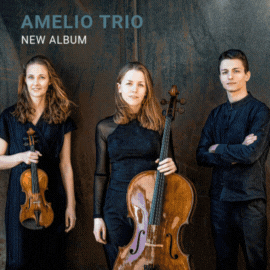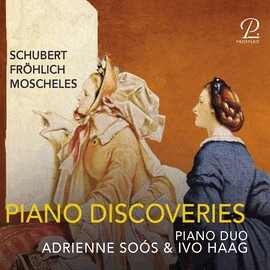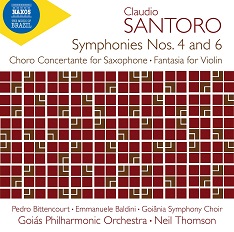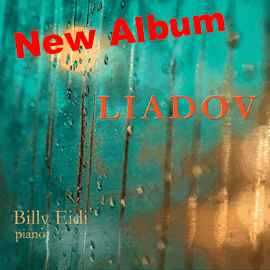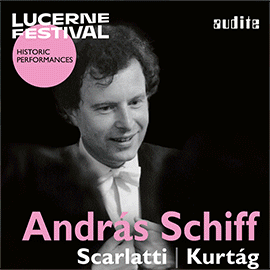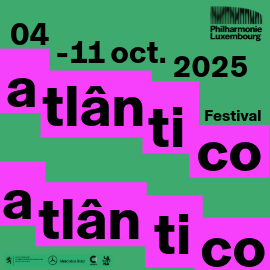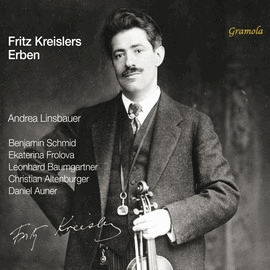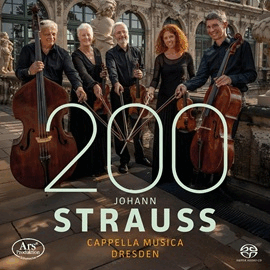Das Programm dieses dem brasilianischen Komponisten Claudio Santoro (1919–1989) gewidmeten Albums beginnt mit Canto de Amor e Paz (Lied von Liebe und Frieden) für Streichorchester (1950). Es ist ein Werk, das sehr ruhig und nachdenklich beginnt, im weiteren Verlauf auch aufgewühlt klingt.
Die Vierte Sinfonie, komponiert 1953, trägt den Titel Sinfonia da Paz (Friedenssymphonie). Santoro bezeichnete die Symphonie als programmatisches Werk: Der erste, sehr lebhafte Satz stelle den Kampf des Volkes für den Frieden dar, der zweite, Satz den Kontrast zwischen der Freude am Leben und der (hier sehr melancholisch geäußerten) Reflexion über die Dramen des Lebens, und das Finale mit Chor sei etwas wie « eine fröhliche Karnevalsparade, bei der die Menschen Fahnen und Banner schwenken. »
Choro Concertante von 1953 ist ein Stück für Saxophon und Orchester mit ruhigen und sehr tänzerischen Teilen, das dadurch sehr abwechslungsreich wird.
Die 6. Symphonie wurde 1963 in Paris vom Orchestre Philharmonique de Radio France unter der Leitung von Charles Bruck uraufgeführt. Es ist ein sehr originelles Werk mit vier Sätzen, die ca. 25 Minuten dauern.
Der erste Satz ist weitgehend nervös und aufgeregt. Es folgt ein expressives Andante molto. Das kurze und extrem farbige Scherzo hat einen sehr brasilianischen Charakter. Das abschließende Allegro ist dramatisch und endet pianissimo.
Die Fantasia für Violine und Orchester besteht aus einem lyrischen Andante und einem virtuosen Allegro molto, das die Fantasia zu einem brillanten Abschluss bringt.
Die Interpretationen sind exzellent. Das Orchester fühlt sich in diesen Werken zu Hause, spielt sehr engagiert und dynamisch, und der beteiligte Chor macht seine Sache ebenfalls gut. Neil Thomson führt mit sicherer Hand durch das Programm.
The program of this album, which is dedicated to the Brazilian composer Claudio Santoro (1919-1989) begins with Canto de Amor e Paz (Song of Love and Peace) for string orchestra (1950). It is a work that begins very quietly and thoughtfully, but becomes more agitated as it progresses.
The Fourth Symphony, composed in 1953, is called Sinfonia da Paz (Symphony of Peace). Santoro described the symphony as a programmatic work: the first, very lively movement depicts the struggle of the people for peace, the second movement the contrast between the joy of life and the (here very melancholy) reflection on the dramas of life, and the finale with chorus is something like « a joyful carnival parade with people waving flags and banners.
Choro Concertante from 1953 is a piece for saxophone and orchestra with quiet and very dance-like parts, which makes it very varied.
The 6th Symphony was premiered in Paris in 1963 by the Orchestre Philharmonique de Radio France conducted by Charles Bruck. It is a very original work with four movements of about 25 minutes each.
The first movement is largely nervous and agitated. It is followed by an expressive Andante molto. The short and very colorful Scherzo has a very Brazilian character. The final Allegro is dramatic and ends pianissimo.
The Fantasia for violin and orchestra consists of a lyrical Andante and a virtuoso Allegro molto that brings the Fantasia to a brilliant conclusion.
The performances are excellent. The orchestra feels at home in these works, playing with great commitment and dynamism, and the participating chorus also does a good job. Neil Thomson leads the program with a sure hand.




